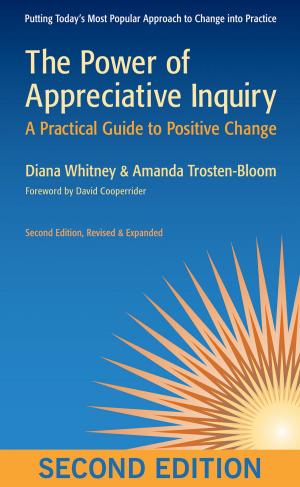| Author: | Stephen Hobbs, EdD | ISBN: | 9780978396671 |
| Publisher: | Stephen Hobbs, EdD | Publication: | November 7, 2014 |
| Imprint: | Smashwords Edition | Language: | English |
| Author: | Stephen Hobbs, EdD |
| ISBN: | 9780978396671 |
| Publisher: | Stephen Hobbs, EdD |
| Publication: | November 7, 2014 |
| Imprint: | Smashwords Edition |
| Language: | English |
The 10 management-leadership insights outlined in this “9+1 eBook series” are written to breathe life into the well-living workplace concept and its practices based on truth, trust, and transparency. This eBook serves as a guide to improving, focusing and strengthening groups and teams in the workplace.
The ways in which people are grouped influences work outcomes. For some situations, groups are the appropriate way to organize people at work. In other situations and for some high-performance circumstances, teams are the preferred way to organize people albeit a team often requires more time, effort and money to set up and sustain than groups. There are special situations where other forms of grouping work best. This book highlights the structure and relationships aligned with “greams”. Additional arrangements of people (not mentioned in the book) are communities of practice, communities of significance, peer learning circles, action networks, etc.
The 10 management-leadership insights outlined in this “9+1 eBook series” are written to breathe life into the well-living workplace concept and its practices based on truth, trust, and transparency. This eBook serves as a guide to improving, focusing and strengthening groups and teams in the workplace.
The ways in which people are grouped influences work outcomes. For some situations, groups are the appropriate way to organize people at work. In other situations and for some high-performance circumstances, teams are the preferred way to organize people albeit a team often requires more time, effort and money to set up and sustain than groups. There are special situations where other forms of grouping work best. This book highlights the structure and relationships aligned with “greams”. Additional arrangements of people (not mentioned in the book) are communities of practice, communities of significance, peer learning circles, action networks, etc.















